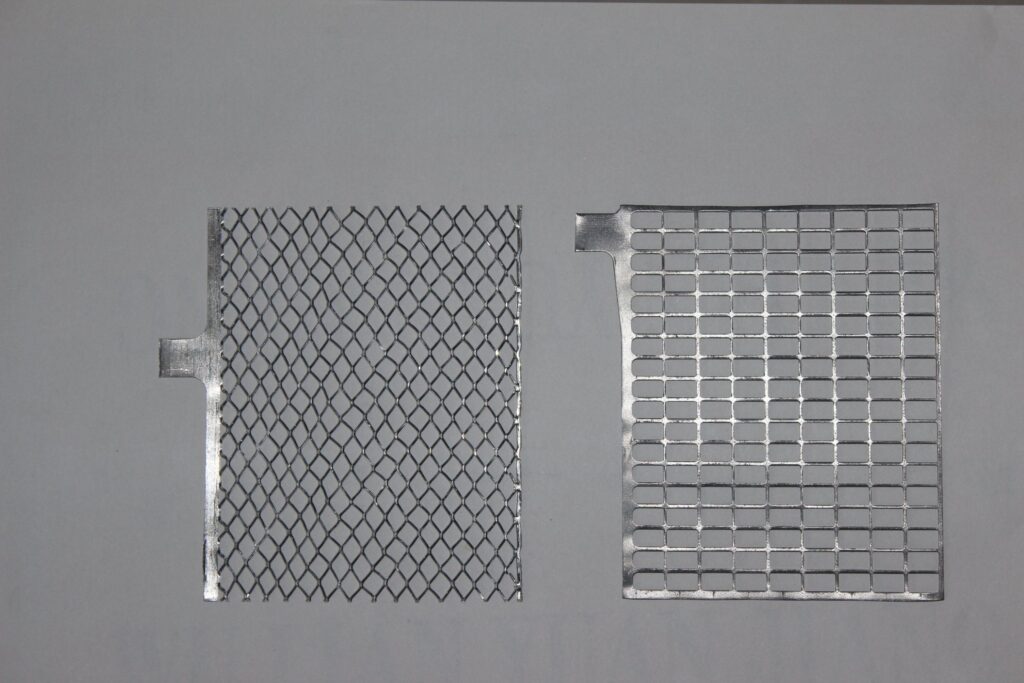Battery plates are vulcanized to improve their mechanical strength and durability, particularly in lead-acid batteries. Vulcanization is a chemical process that involves treating rubber or other polymers with sulfur or other additives to improve their properties.
In the context of lead-acid battery plates, vulcanization refers to the treatment of lead grids or plates with sulfuric acid to form lead sulfate crystals. This process strengthens the structure of the plates and enhances their ability to withstand repeated charging and discharging cycles.
- Increased Mechanical Strength: Vulcanization helps strengthen the lead plates, making them more resistant to mechanical stresses such as expansion and contraction during charging and discharging cycles. This improves the overall durability and longevity of the battery.
- Improved Electrical Conductivity: The formation of lead sulfate crystals during vulcanization creates a porous structure on the surface of the plates. This porous structure increases the surface area of the plates, allowing for better contact with the electrolyte and improved electrical conductivity. As a result, the battery can deliver and accept electrical energy more efficiently.
- Enhanced Active Material Adhesion: Vulcanization promotes better adhesion of the active material (lead dioxide on the positive plates and sponge lead on the negative plates) to the lead grids or plates. This ensures that the active material remains securely attached to the plates during the charging and discharging processes, preventing shedding or flaking that could reduce the battery’s capacity and performance.
- Resistance to Corrosion: Vulcanized plates are more resistant to corrosion from the sulfuric acid electrolyte, as the lead sulfate crystals provide a protective layer that helps inhibit further corrosion of the underlying lead substrate. This helps prolong the life of the battery and maintain its performance over time.
Overall, vulcanization of battery plates is essential for improving their mechanical strength, electrical conductivity, and resistance to corrosion, ultimately enhancing the performance and longevity of lead-acid batteries.


